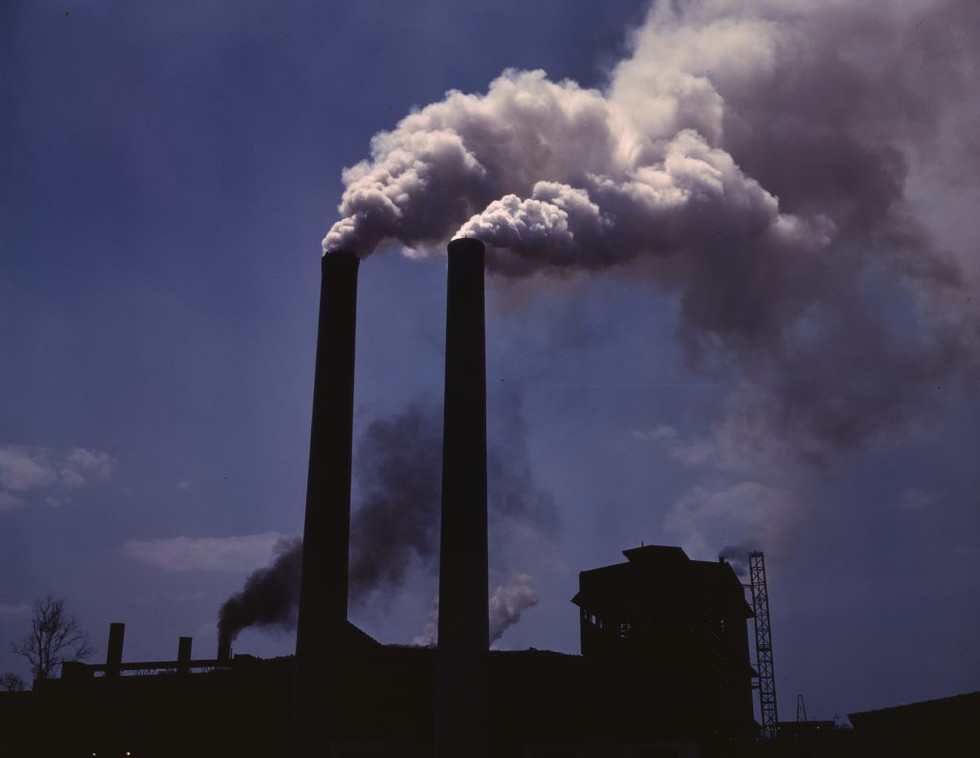About Secondary Pollutants:
- Secondary pollutants are pollutants which form in the atmosphere.
- These pollutants are not emitted directly from a source (like vehicles or power plants).
- Pollutants that are emitted into the environment from a source are called primary pollutants.
- Secondary pollutants form as a result of the pollutants emitted from these sources reacting with molecules in the atmosphere to form a new pollutant.
- Examples of secondary pollutants are ozone and secondary organic aerosol (haze).
- Secondary pollutants are harder to control because they have different ways of synthesizing, and the formation is not well understood.
- They form naturally in the environment and cause problems like photochemical smog.
- The phenomenon of photochemical smog is a result of the interactions of primary pollutants with other molecules in the air, such as molecular oxygen, water, and hydrocarbons.
- These combine to form yellow clouds that are harmful to humans.
